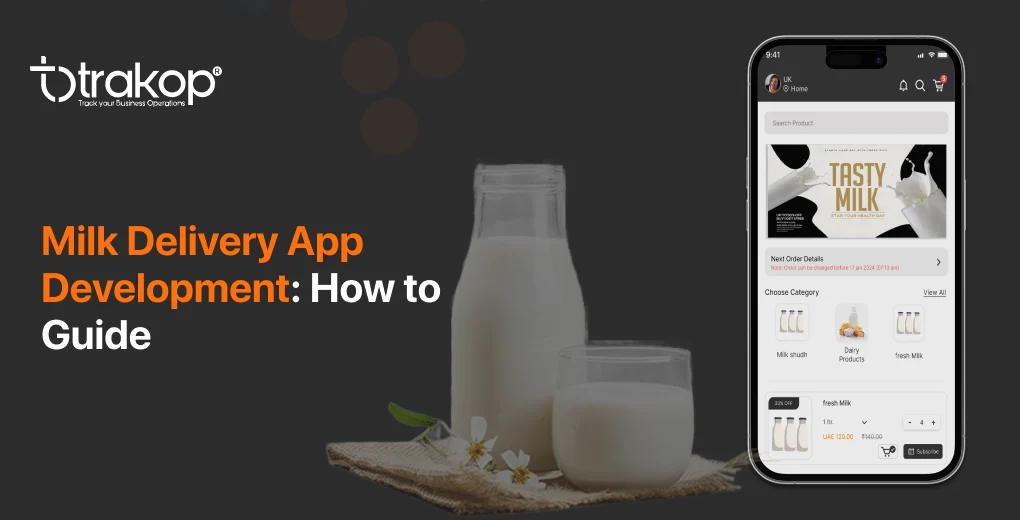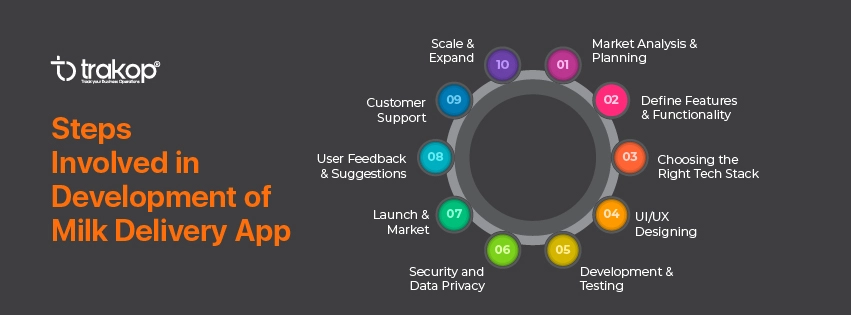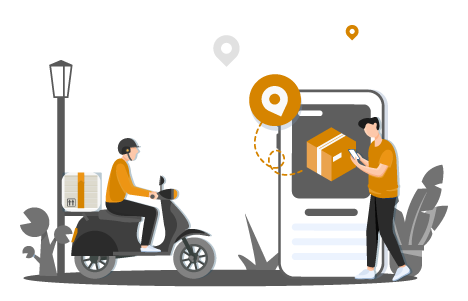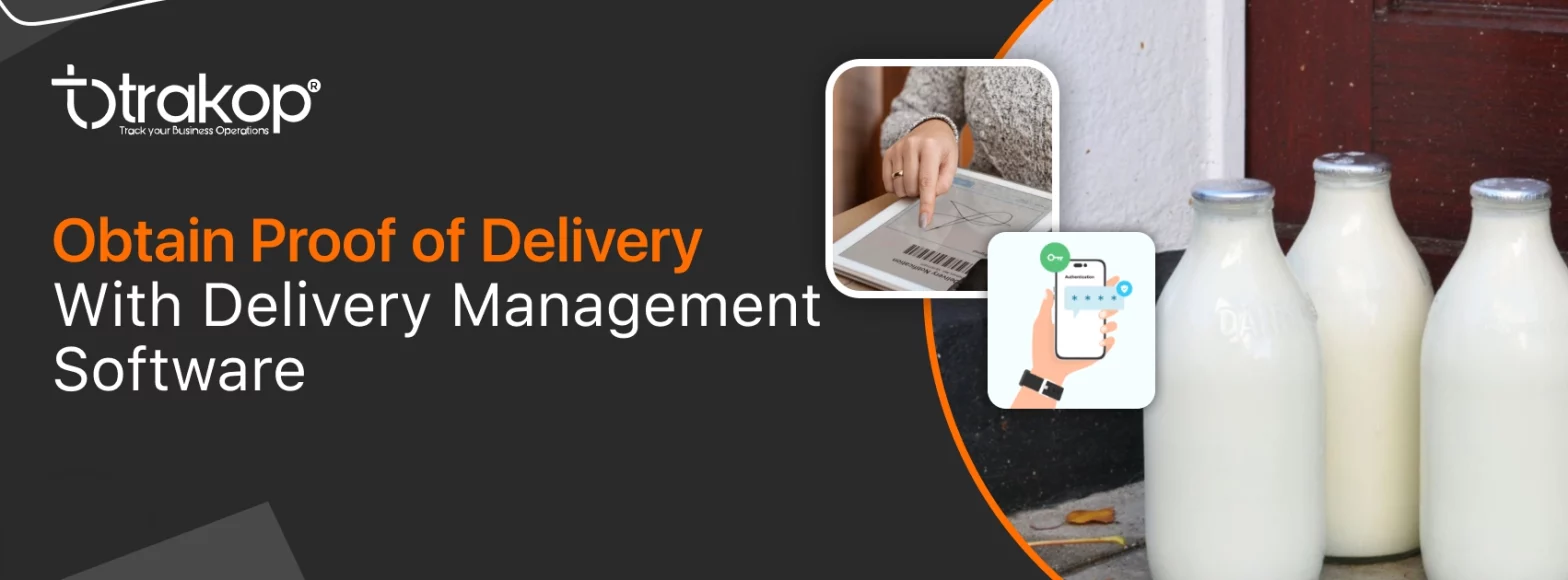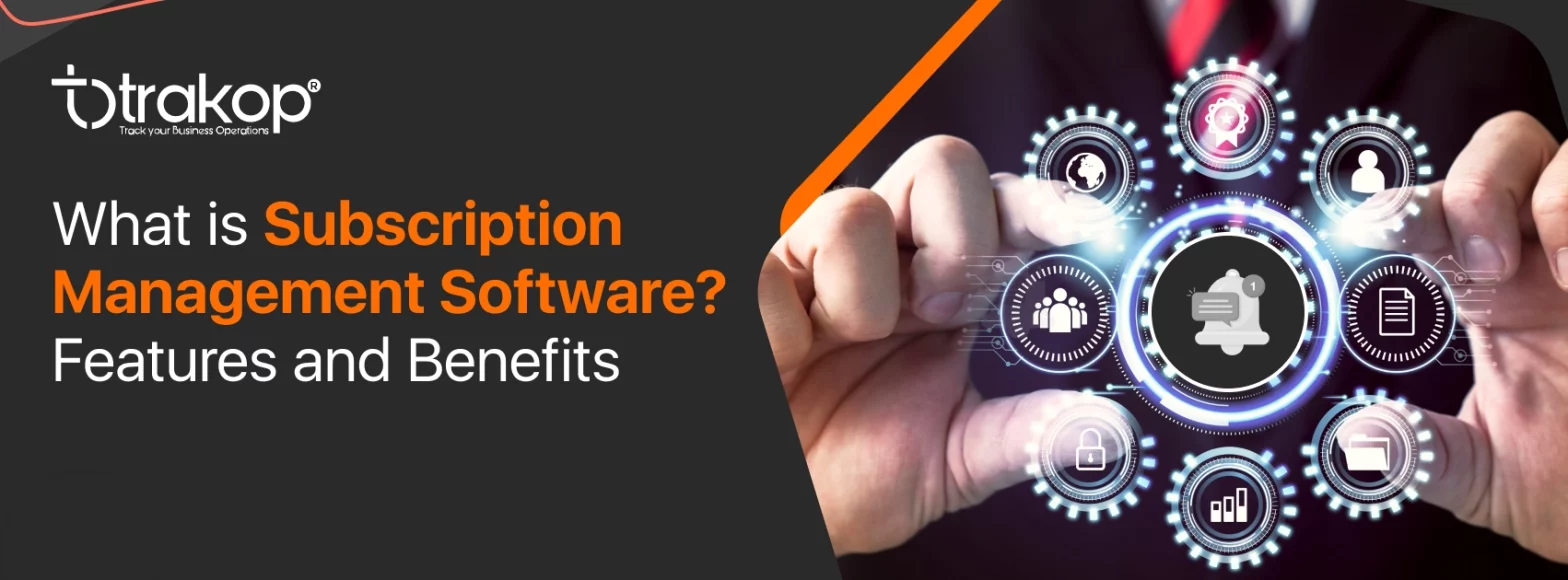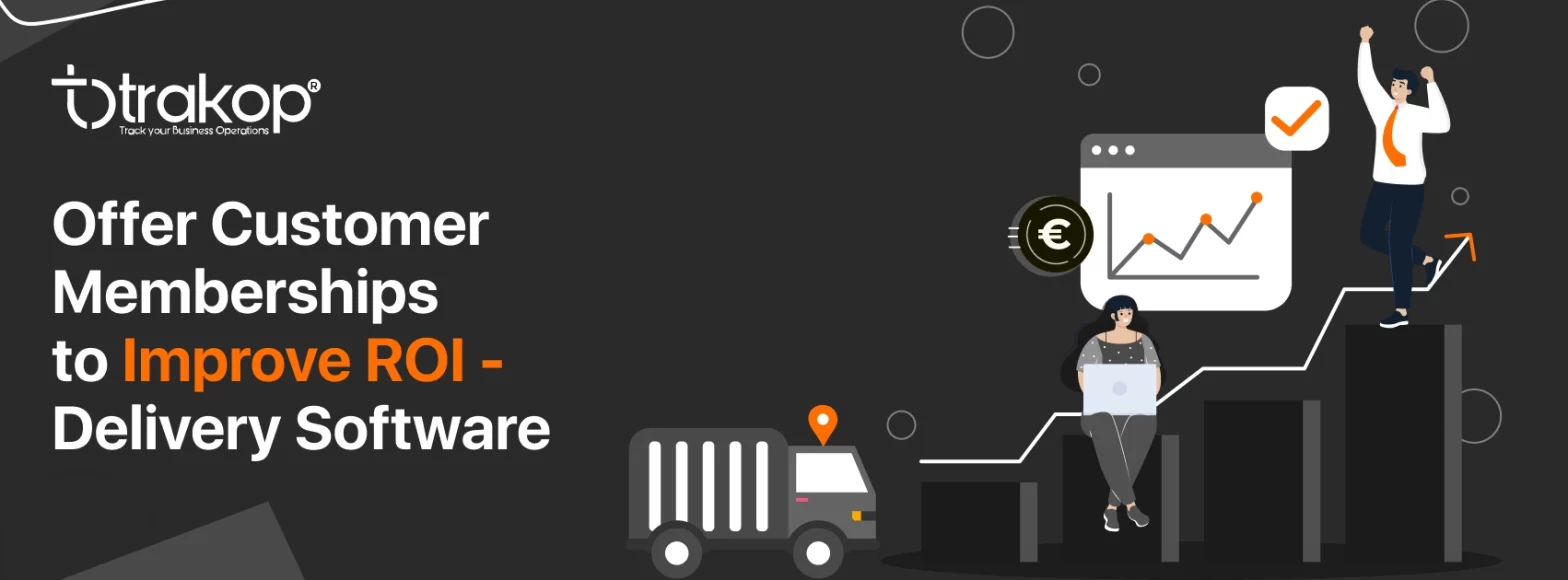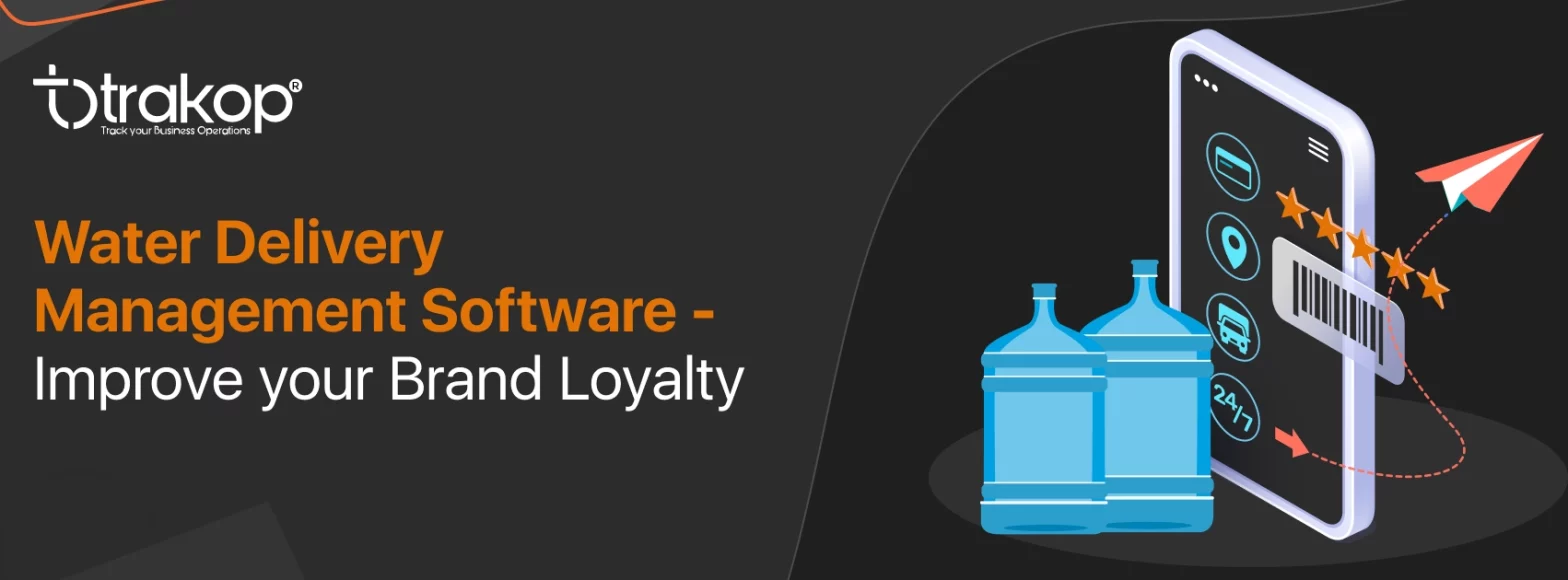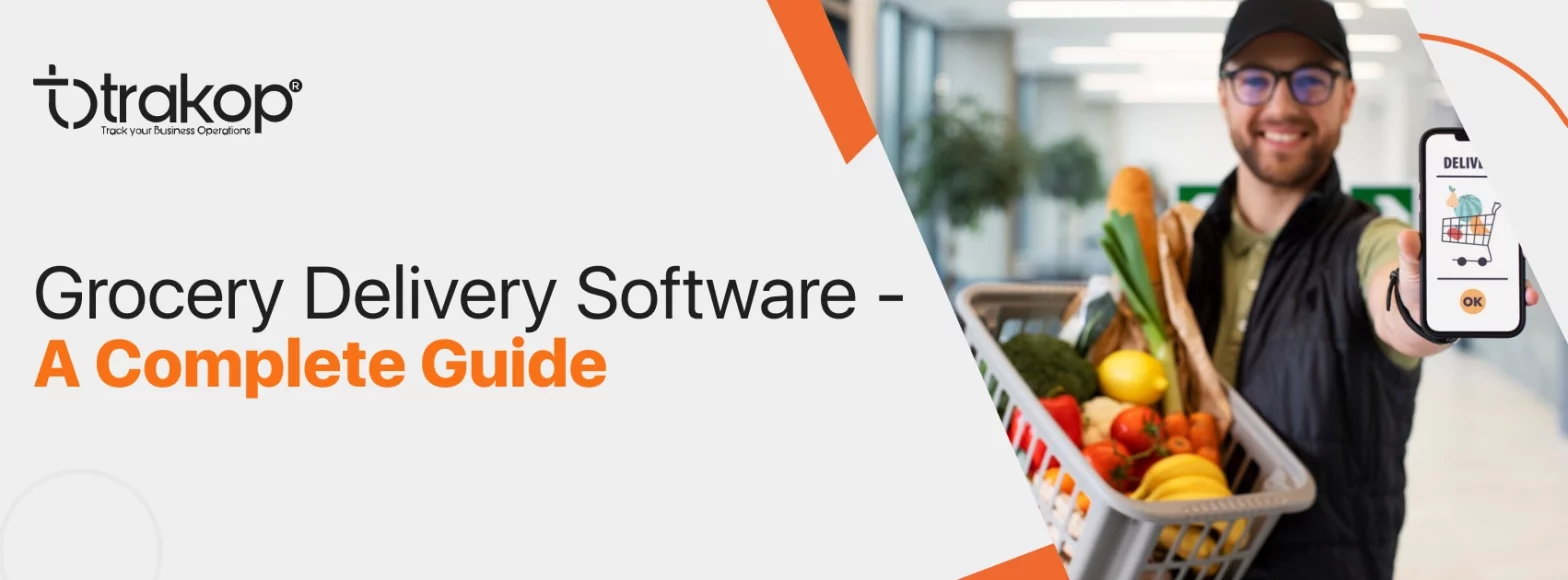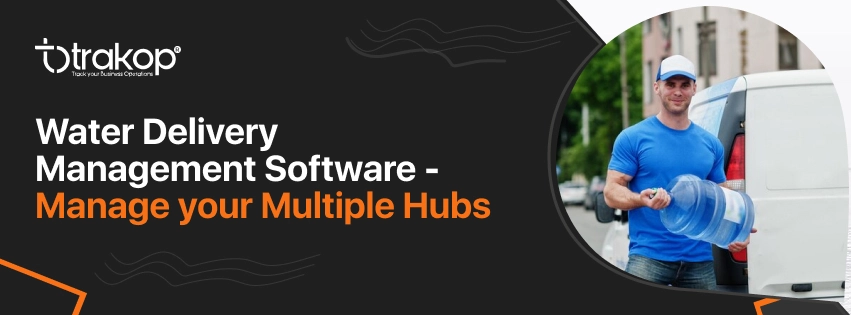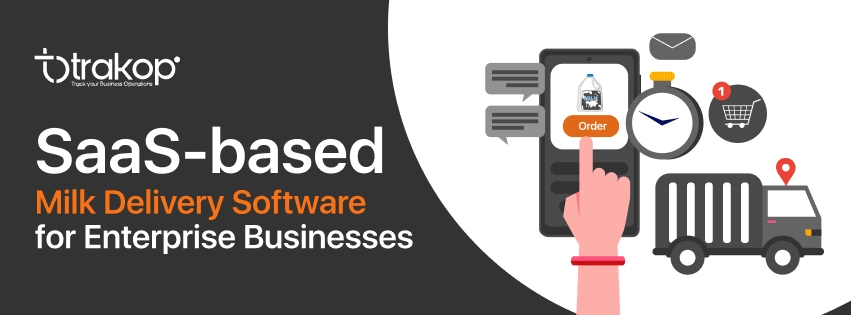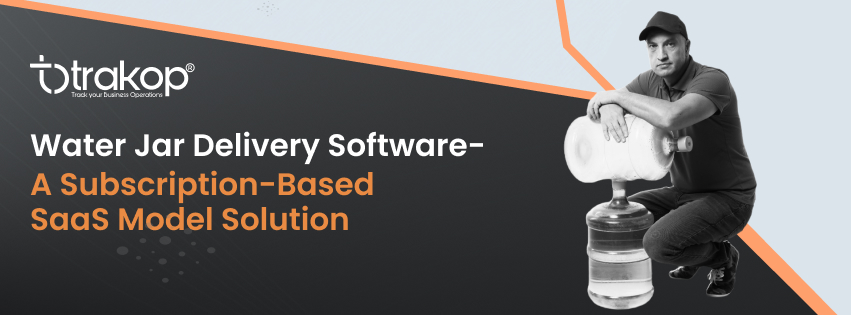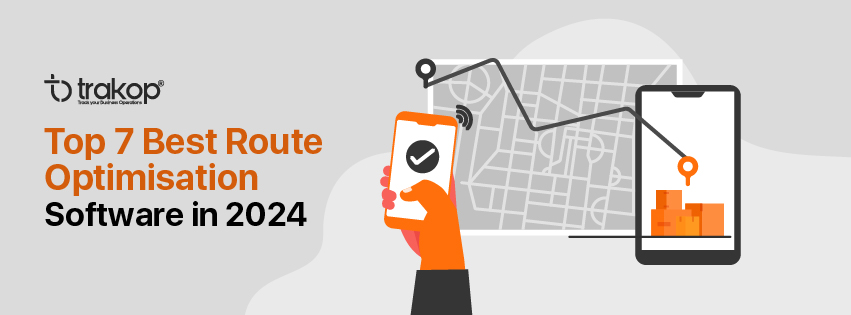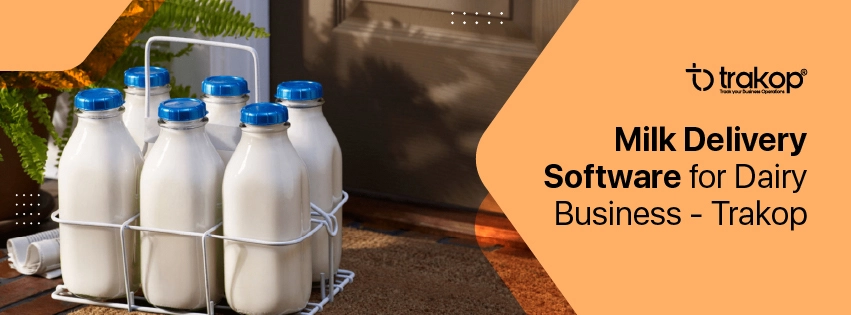Milk Delivery App Development: How to Guide
Convenience and efficiency are the top consumer preferences in the fast-paced world of today. Traditional businesses are figuring out new ways to satisfy customer needs as a result of the proliferation of smartphones and on-demand services.
The dairy industry is one such sector that is adjusting to the digital age, and milk delivery apps are gaining popularity. This in-depth manual will go over every step of milk delivery app development, from ideation to release.
Types of milk delivery app models
Subscription model – It is the most popular model in milk delivery. Milk, being the daily morning product, is required every day, which makes it best suited for a subscription model. A subscription delivery model refers to recurring delivery services that require making deliveries at a certain interval of time.
On-demand milk delivery – This app involves delivering milk on demand at a specified timeframe. For example, Getir is an on-demand platform that promises delivery in 10 minutes.
Farm-to-door delivery model – It is a direct-to-consumer business model app that removes intermediaries and allows businesses to directly deliver fresh milk from the farm to their tables.
Steps involved in the development of a milk delivery app
Market analysis and planning
It is critical to carry out in-depth market research before starting an app development project. Know who your target market is, what they like, and who the competition is. Do milk delivery apps exist in your area? What special features can your app provide? Identifying gaps in the market is essential. Make a thorough business plan in addition. Describe the goals of your app, the revenue model it will use (such as subscriptions, pay-per-order, or freemium), and an approximate spending plan for its creation, promotion, and ongoing upkeep.
Define features and functionality
Choose the main features your milk delivery app will offer based on your research. Typical features include three components:
- Business dashboard
- Driver App
- Customer interface
1. Features of business dashboard
GPS tracking – Vendors can track their delivery drivers in real-time to measure their performance and see delivery status.
Payment reconciliation – Automate payment reconciliation to remove data discrepancies and customer disputes.
Order process – Digitise the ordering process, mitigate the chances of human errors, and ensure an improvement in order accuracy.
Route optimisation – Generate the shortest delivery route and sequence the deliveries to make sure that the order is delivered on time and the total turnaround time is reduced.
Data and reports – The system auto-generates data and reports on customers, sales, and stocks that can help in planning future sales and scaling the business.
2. Features of Driver app
Contactless deliveries – Multiple payment gateway integrations are available for easy and secure contactless payments.
E proof of delivery – A contactless customer signature and delivery proof photo for the order delivery status update.
Real-time order update – Update or cancel orders in real-time via the delivery app, which is synced with the back office in real-time.
3. Features of customer interface
Track deliveries – Delivery agent updates, live tracking, and providing ETAs for hassle-free deliveries.
Subscription management – Place, edit, or cancel subscription orders with the white-labelled consumer app.
Access orders digitally – Customers can access their order history any time they want for order reconciliation with the invoices.
Choosing the right tech stack
Making the right technology stack choices is essential for successful app development of delivery management software.
Keep in mind the following elements:
Backend – Choose a reliable backend technology and a suitable database system.
Hosting – Decide whether to use cloud services like AWS, Google Cloud, or Azure for hosting your backend. AWS is one of the most popular and secure cloud services.
UI/UX Design
Your milk delivery app’s success is greatly influenced by the design of the user interface (UI) and user experience (UX). Design a user-friendly, intuitive interface with a visually appealing layout.
Focus on:
Visual appeal – Use eye-catching images, icons, and colour palettes that are in keeping with your brand.
Responsive design – Create a mobile application that can adapt to different screen sizes and orientations.
User feedback – Real users can help you test your design and collect suggestions for enhancements.
Development and testing
Your milk delivery app’s front-end and back-end components are built during the development phase. Developers will program the functionality of the app and integrate APIs for GPS tracking, payment gateways, and other features.
In order to find and correct any bugs or glitches, thorough testing is also necessary. Perform user acceptance testing (UAT), integration testing, and unit testing. To get actual user feedback, think about conducting beta testing with a small group of people.
Security and data privacy
When working with customer data and payments, security is of the utmost importance. Encryption protocols should be used to protect data transmission. Observe industry standards for data storage, such as encryption at rest.
Obtain user consent and handle data sensibly to adhere to data protection laws. Update your app frequently to fix security flaws.
Launch and market
After testing and development are complete, your milk delivery app needs to be released. Before posting it to the App Store and Google Play Store, confirm that it complies with their requirements.
Create an all-encompassing marketing plan that incorporates influencer marketing, email campaigns, social media marketing, and SEO optimisation. Increase your audience by utilising regional alliances with dairy suppliers.
User feedback and suggestions
After an online business is established, it is essential to think about gathering user feedback and enhancing your app over time. To find areas that need improvement, conduct surveys and collect data on user behaviour. Regularly update the app to add new features and fix any issues.
Customer support
Offer your customers satisfying customer support and respond to their feedback and issues. Provide excellent customer service to address user concerns and inquiries as soon as possible.
Scale and expand
Consider extending your services to additional regions or cities as your milk delivery app becomes more popular. Additional development and logistical assistance may be needed for scaling. To ensure a seamless user experience, keep an eye on the app’s performance and scalability.
A user-centric strategy, careful planning, and continuous improvement are all necessary when creating dairy management software. You can make successful software with a milk delivery app development service that satisfies modern consumers’ needs and provides them with the efficiency and convenience they want by following the detailed instructions in this comprehensive guide.
Hope You Enjoyed the Read!

He loves to explore. His passion for helping delivery industries in all aspects flows through in the vision he has. In addition to providing smart solution to make delivery process flawless, Ravi also likes to write sometimes to make it easier for people from business industry looking for digital solutions.
